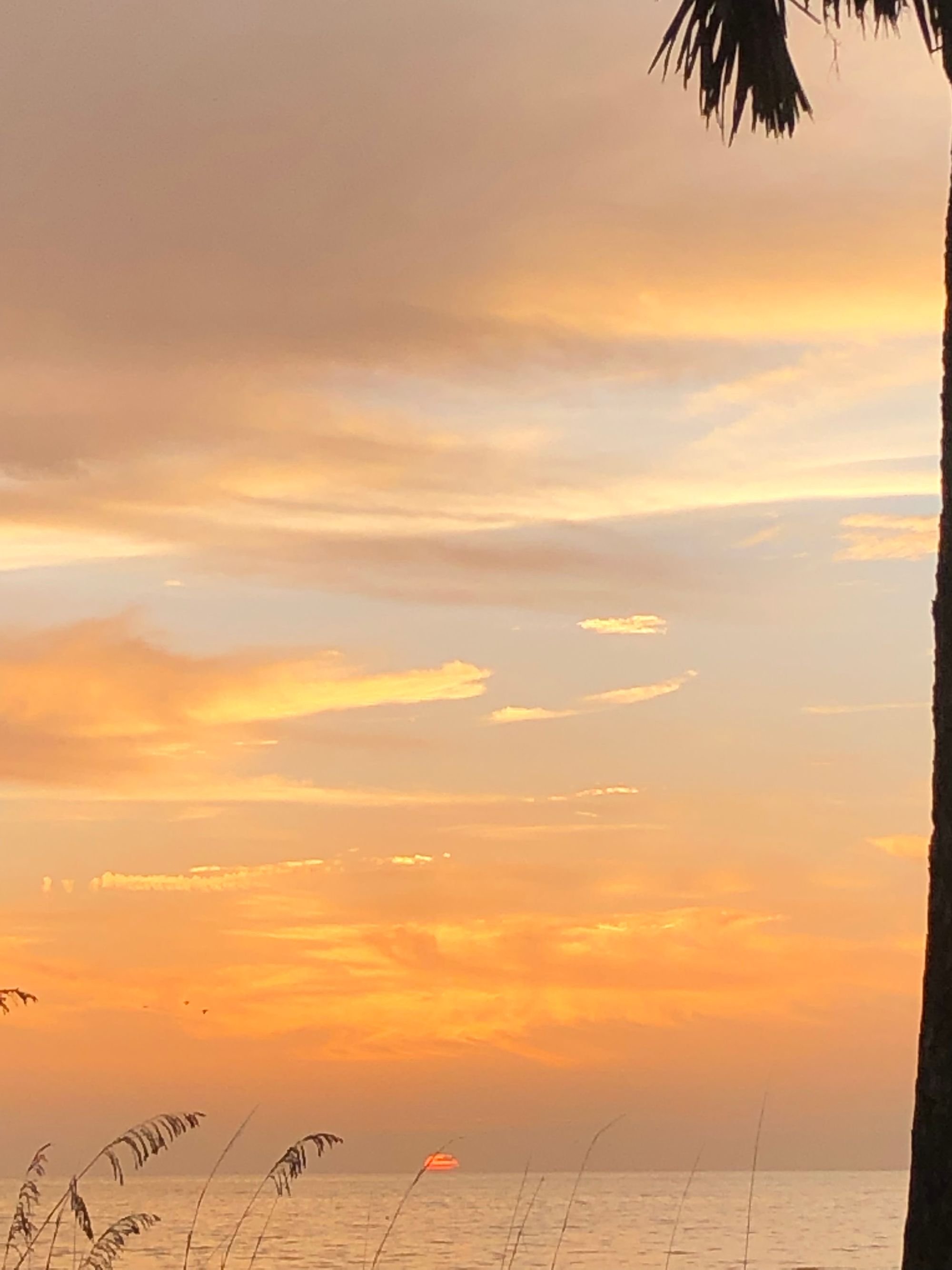How and Why we Grieve: a practical guide on grief and the nervous system
a channeled message on moving thru grief:
Grief comes and goes like the wake of the tide. It is not the tide itself but our energetic response needed to be present in the tides. to be present in life. Skipping grief is disorienting precisely because it displaces us from the experiences at hand.. from the necessary processing of the moment that presence requires. Grieving has a wrap of being extraneous, but it is as natural as the molting of skin, the turning of the tide, the shedding of leaves and flower petals, the rotting of flesh. It is not always pleasant, or (shallowly) beautiful to behold. But it contains enormous beauty, cyclical wholeness, unstoppable relief. Perhaps more painful than the repression of feeling and movement that is grief, is the shame spiral elicited by cultural baggage around grief (what it is and how we hold it). The lack of connected cultural context for grief large and small is an added burden to the nervous system needing the sweet balm of grieving. The lack of creative webs of care around the grieving process and the lack of personal and interrelated practices around grieving leaves a hole that often triggers our sympathetic nervous system (fight, flight, freeze, or fawn). A natural process that initiates when we perceive danger that’s in direct conflict with our ability to digest and process. Our body responds to the feelings of imminent danger - all energy is funneled toward direct action. Returning to feelings of safety is the only priority. It’s no coincidence that grieving practices invite our parasympathetic nervous system (rest, digest, process). Spending too long in the spiked sympathetic nervous system state is deteriorating to the body. And it’s not just an issue around grief. Cultural “modernity” that dominates the imperialist countries keeps us in this hyperactivated state more often than our bodies are equipped to handle. Much energy, awareness, and connected practices (culture?) are needed to keep up with the amount of grieving and processing demanded by these destructive and transformative times.
HOW TO GRIEVE and move thru GRIEF is such a focus point because there is a so much to be acknowledged, mourned, and composted in these times of great transition and decomposition.
Big deaths and catastrophes are crash courses in grief. The process sometimes takes us over so we can’t help but tend to the grief. I also believe it’s vitally important to grieve smaller ‘deaths’ and other meaningful transitions. Grief allows for integration, freer movement, fluidity with life.
Practices that invite the parasympathetic nervous system // PRACTICES to SUPPORT GRIEF:
deep breathing — the most available, most basic, and perhaps powerful pathway
movement — especially rhythmic or interconnected movement like dancing
vocal stimulation of the vagus nerve (singing, humming, wailing) — the vagus nerve is the main component of the parasympathetic nervous system which directly links to our heart and stimulates a reduction in heart-rate. the vagus nerve connects the brainstem to the rest of the body’s vital organs
spinal twists to stimulate the vagus nerve
meditation/mindfulness — ranging from sitting meditation of all styles to movement meditation - any practice that helps one orient to internal, external, or desired environments. (some specific types are focused meditation, visualization, body scan, mantra meditation, love meditation, self-inquiry, journaling, automatic drawing, mindful walking)
co-regulation — our nervous system connecting with other regulated (parasympathetic state) nervous systems thru a secure bond. when we process and move with others we access a deeper well of support and ease.
{the Kubler Ross “5 stages of grief” are a reductive view of what grief is and seem to describe grief’s context solely from the view of insecure attachment to loss and change. grief is far more expansive and looks really different when supported by an embracing of change along with personal and collective grief practices.
what are the stages or components of grief: A key thread is inviting/recognizing movement
components of grief that do not necessarily have a sequential order:
Review: a review of what was that is being transitioned from. making sense (for oneself) of personal experience is a part of processing and integration
Release: release comes in many forms — crying, physical movement, vocal expressing, talking, expressing thru art or writing
Self inquiry/response: tuning in with self moment-to-moment and inquiring about self-needs, following up with response — emotional soothing, nourishing (eating, moving, communicating), body-tending, expressing, seeking help, etc.
Ritual: ritual is the externalizing of a feeling, thought, idea, or process thru a sequence of movements or expressions. Rituals help us materialize, demarcate, or witness that which might otherwise be unseen. I want to highlight two tones that ritual can take in the grief context:
Honor Ritual (honor, gratitude): a physicalized part of reviewing and releasing is honoring what was and offering gratitude for the experience. this helps us process, make sense, and hold in the context of our ever-evolving experience. vigils and altar building are forms of honor ritual.
Transformative Ritual (physicalizing internal experience): this might be just an expression of the pain or discomfort with the process of reviewing and releasing. it is a way to externalize internal discord or confusion, inviting these feelings to move thru our body and not remain stagnant. an example of this is when we draw our feelings onto a page or designate physical objects as symbols for internal understandings.
Decomposition: this is a less perceptible or active component. decomposition happens once we release, express, and grieve. what was once within is now free to rejoin the vast cycles of energy and life. the product of the decomposition stage is incredibly nutritive to ourselves, others, the earth, and entities we may never know.
May your journeys with grief be non-linear, freeing, nourishing, and bring new life.



